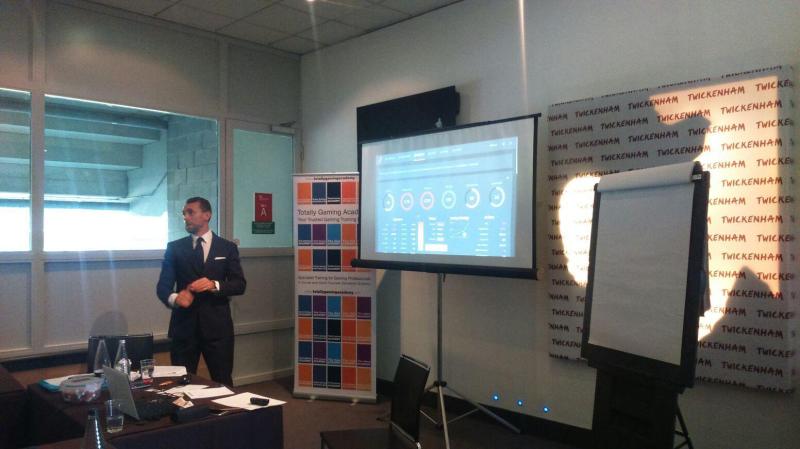If you are totally new to sports betting, we recommend reading our beginner's guide here. Otherwise, read on!
There are numerous methodologies when it comes to optimising stake size for the different odds available in the market. We use our proven strategy that we call Sharp Stakes. It allows the bettor to decide a maximum stake on any single bet and ensure that they never risk any more than that amount, regardless of the odds being played. This method helps smooth out profits and losses over time, reduces volatility and generally speaking results in an optimised Return On Investment (%) when compared to flat-staking.
If you would like to learn more about using the SharpBetting service with a low-frequency approach and stakes as little as just £1.00 per bet, please check out our article here.
What are Sharp Stakes?
Instead of using a flat stake strategy, and staking exactly the same amount on an odds-on bet (under 2.00) as a big price outsider, Sharp Stakes are designed to allow for different amounts to be staked depending on the betting odds available.
Let's say a bettor wants to bet no more £10 regardless of the odds available. This £10 is one unit.
If a bet is above even-money (2.00) this Sharp Stake strategist would stake an amount calculated to win 1 unit. If the bet is on or below even-money, the stake is exactly 1 unit.
For example:
- If Liverpool are 1.75 to beat West Ham the Sharp Stake would be 1 unit (because Liverpool are on or below 2.00); i.e. £10 bet to win £7.50.
- If Chelsea are 3.5 to beat Real Madrid the Sharp Stake would be 0.40 units. If Chelsea win, the profit would be £10 (0.40 units * 3.5)-0.4 units = 1 unit; i.e. this would be a £4.00 bet to win £10.00. To calculate this stake the formula is simply: (1 / (Decimal Odds -1)) X 1 Unit = (1 / 2.5) X £10 = £4.00.
Depending on the resultant stake from this simple calculation, it is then sensible to round it to a neat number. If the odds available are 2.75, the Sharp Stake is £3.64. The bettor would then decide to round that up or down, to £3.50 or £4.00. As a rule, it is advised not to bet too frequently with non-rounded stakes.
Putting it in practice
In the Road to £8,000 article, Sharp Stakes were used with 1 unit being £20 at the start of the trial. As the profit increased, the unit stake was increased at various milestones. For this illustration, we will assume that the bettor placed bets on exactly the same selections as documented in that blog, but with a unit stake of £10.
The graph below depicts the Profit accumulated over the 14-week trial using Sharp Stakes of £10, maxiumium.
The graph below depicts the Profit accumulated over the 14-week trial if a flat stake of £10 on every bet was used.
From afar, the graphs look the same. They are very similar, but the Sharp Stakes shows a more linear trajectory. Simply using flat stakes is still going to be profitable, but it is not optimal.
When comparing the two approaches, the bettor would have risked less and their average stake per bet would be lower. Significantly, the Return On Investment is a full 1% better from this dataset. If the two approaches were normalised to both stake the same amount over the same bet history, the bettor would have gained an extra £600 by using the Sharp Stakes method versus flat-staking.
How to stake using the Sharp Stake method
Simply enter your Maximum Stake you would ever wish to place on an even-money bet (2.00). Enter the Decimal Odds for the bet that you are considering, then press the Show Sharp Stake button.
Sharp Stake Calculator
____________________
Other reading
- Big-time boxing; analysis and previews.
- Betting 101; the basics. Click here.
- Sharp strategies for all levels. Click here.
- The Road To £8,000. Click here.
- From "clueless" To £7,000. Click here.
____________________
If you have any questions about this article, you can contact David on X at @dwmh




